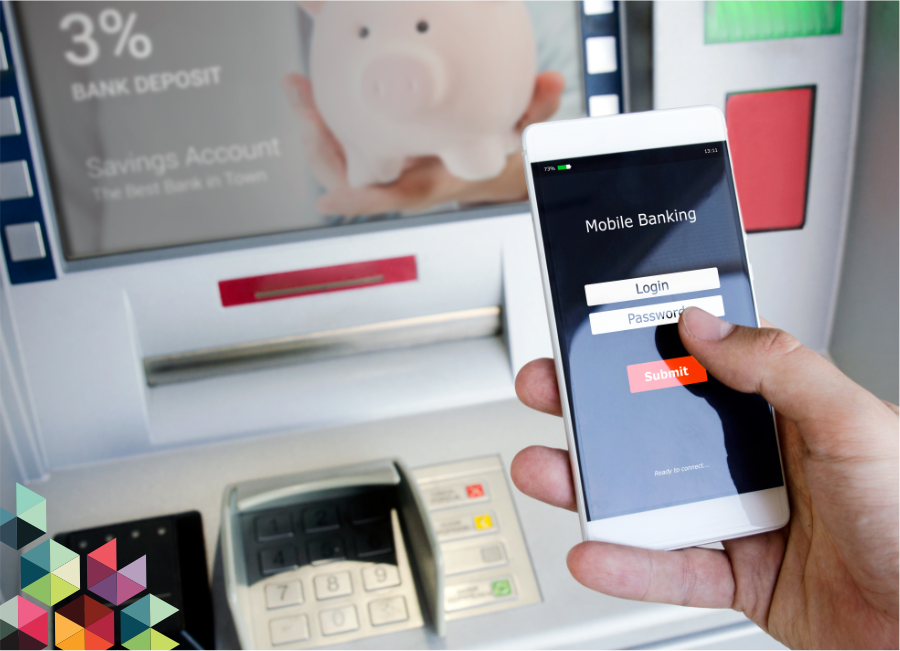
How to Survive 3 Unavoidable Banking Trends
November 7, 2018
The Traditional Bank Branch is Going Away.
A recent report from consultants McKinsey & Company claims an average of three bank branches are closing every day. Many of the branches that remain open are either closing their lobby or drive-through lanes. Branches don’t appear to be going away completely, however, as 80 percent of Americans still prefer human interaction, according to the same McKinsey & Company report. What is likely to change is the manner in which the banker and customer interact. Banking agents roaming branches with tablets (rather than meeting customers at a desk) and teller-less, video-operated bank pods are on the horizon.
Bringing Clarity: When choosing a bank, understand how it wishes to do business with you. Some will install financial barriers if you want to have a traditional banking relationship. This includes charging you for making deposits, refusing to accept mail deposits, refusing to take coins, charging fees for check writing and other hidden fees.
Mobile Deposits are Becoming More Popular.
Most banks offer a deposit option that allows you to take a picture of a check on your phone and upload it to the bank’s system to be deposited. According to Bank of America CEO Brian Moynihan, more customers now deposit checks on their mobile phones than in branches. Mobile deposits are extremely convenient, but they have their own set of rules to follow, including endorsements, deposit limits, posting timing and record retention.
Bringing Clarity: Understand all the factors before using your phone to deposit a check. Also, read the terms of use before using remote deposit applications. Remember, you are creating a digital link between your phone and your personal banking information.
Mobile Wallets are Replacing Physical Wallets.
Mobile wallets like PayPal, Apple Pay and Zelle give users a convenient way to pay online, pay friends directly and even make payments in stores. According to Apple Pay VP Jennifer Bailey, Apple Pay is accepted at 50 percent of all retail stores. Each mobile wallet operates a little differently, but the goal is to get users to ditch traditional payment methods and get them on their platform. For the most part, all you need is a bank account and the provider’s mobile app and you can start making payments. In addition to convenience, the idea is that new encryption and biometric technologies (like fingerprints and face recognition) give more protection than traditional credit card transactions.
Bringing Clarity: If you are looking to use a mobile wallet, compare the services to see which one would work best for you. Pay special attention to any consumer complaints and problems others are having with your service of interest.
Even with so many changes and countless options available to you, the point remains that it’s your money and you control where to put it. Do the research, talk to friends about banks they use, and ask questions before deciding who to trust with your money.

